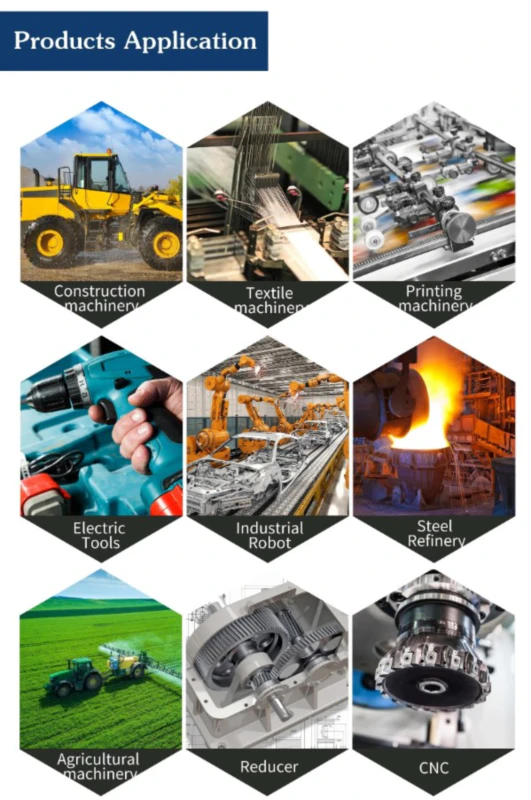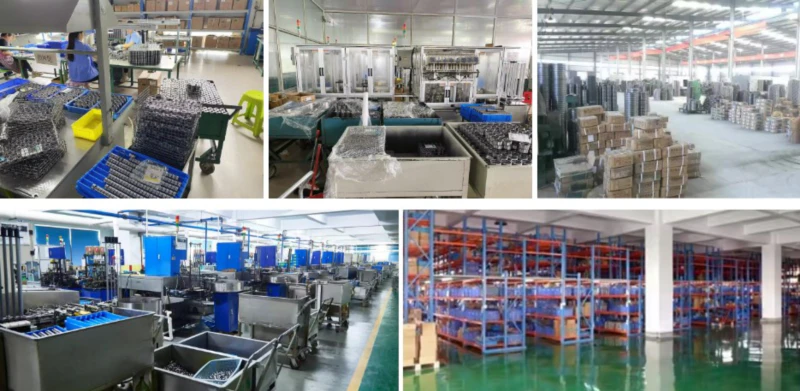Track Bearings Bearing Failure Mechanisms
Introduction
In the world of engineering, track bearings play a crucial role in various applications. These components are responsible for supporting and guiding loads along a track or rail system. However, like any mechanical device, track bearings are susceptible to failure. Understanding the different failure mechanisms is essential in preventing costly downtime and ensuring optimal performance. In this article, we will explore the various failure mechanisms of track bearings and discuss their implications.
1. Fatigue Failure
Fatigue failure is one of the most common failure mechanisms in track bearings. It occurs when repeated cyclic loads cause microscopic cracks to form and propagate within the bearing material. Over time, these cracks can grow and eventually lead to catastrophic failure. Factors such as high loads, improper lubrication, and poor installation practices can accelerate fatigue failure.
2. Wear and Abrasion
Track bearings are subjected to constant contact and friction with the track or rail surface. This can result in wear and abrasion, which gradually erodes the bearing material. Factors such as contamination, inadequate lubrication, and misalignment can exacerbate wear and abrasion. It is crucial to monitor the wear patterns and implement maintenance practices to prevent excessive damage.
3. Corrosion
Track bearings are often exposed to harsh environments, including moisture and chemicals. This exposure can lead to corrosion, which weakens the bearing material and compromises its structural integrity. Corrosion can be caused by factors such as improper sealing, exposure to corrosive substances, and lack of regular maintenance. Implementing corrosion prevention measures, such as protective coatings and proper sealing, is essential in mitigating this failure mechanism.
4. Overloading
Exceeding the recommended load capacity of track bearings can lead to overloading, which can cause premature failure. Overloading puts excessive stress on the bearing components, leading to deformation, material fatigue, and ultimately, failure. It is crucial to adhere to the manufacturer’s load capacity specifications and ensure proper load distribution to prevent overloading.
5. Misalignment
Misalignment occurs when the track bearings are not properly aligned with the track or rail system. This can result in uneven load distribution and increased stress on specific areas of the bearing. Over time, misalignment can cause wear, fatigue, and ultimately, failure. Regular inspection and realignment are essential in maintaining the proper functioning of track bearings.
Conclusion
Track bearings are vital components in various applications, and understanding their failure mechanisms is crucial in ensuring their longevity and optimal performance. Fatigue failure, wear and abrasion, corrosion, overloading, and misalignment are some of the common failure mechanisms that can affect track bearings. By implementing proper maintenance practices, adhering to load capacity specifications, and monitoring performance, engineers can prevent costly failures and enhance the reliability of track bearing systems.

About Our Company
At our company, we are a leading player in the Chinese reducer market. We specialize in various products such as servo reducers, plastic gearboxes, gear motors, worm gearboxes, worm wheels, and worm reducers. With state-of-the-art automated CNC production equipment and assembly facilities, we pride ourselves on delivering high-quality products, competitive prices, and exceptional customer service. We welcome customers to contact us for custom orders based on their specifications.

Author: Czh